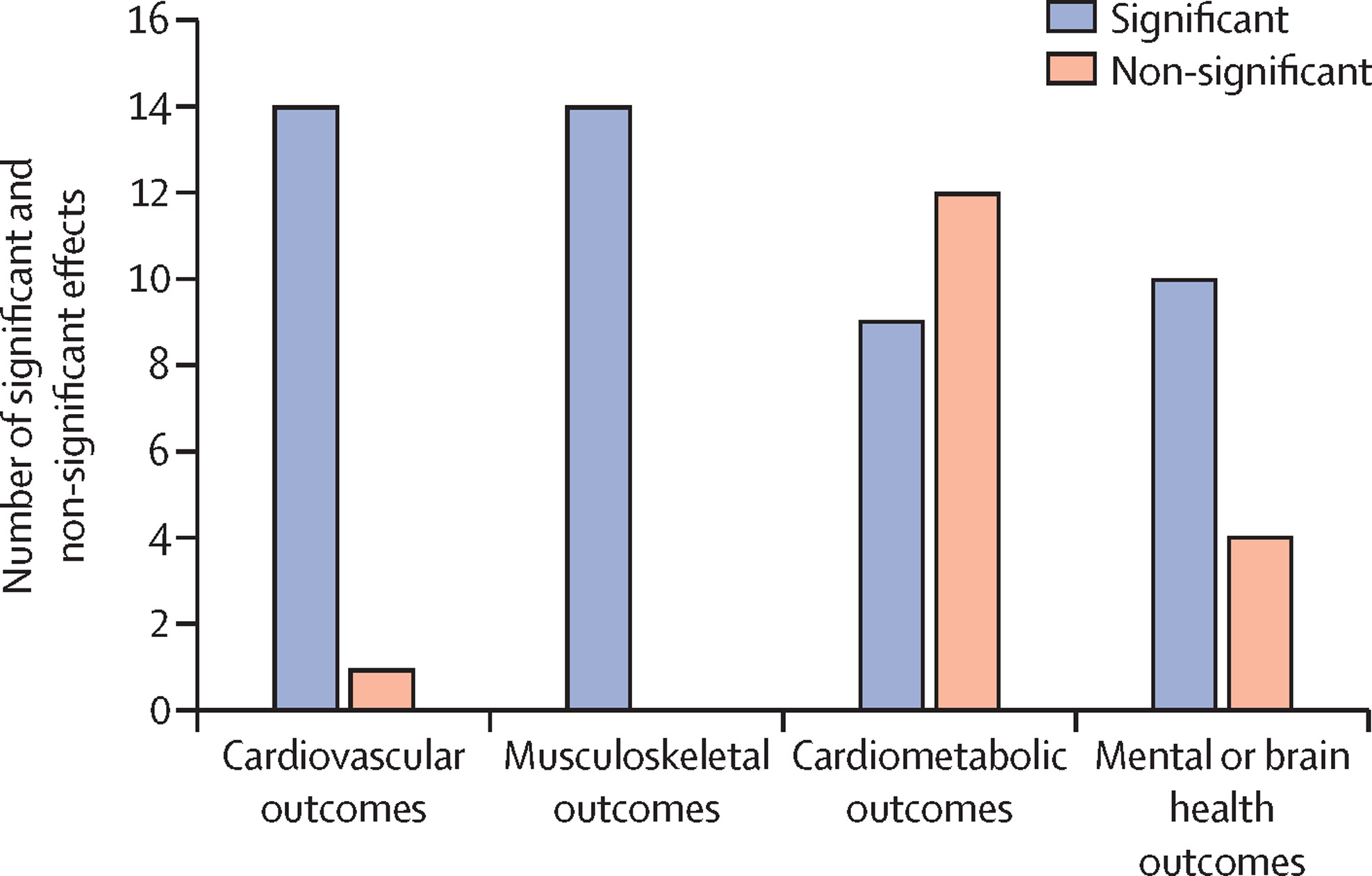The Lancet, Volume 398, 31 July 2021
Approximately 1·5 billion people worldwide live with a physical, mental, sensory, or intellectual disability, about 80% of which are in low-income and middle-income countries. This Series paper provides a global overview of the prevalence, benefits, and promotion policies for physical activity for people living with disabilities (PLWD). PLWD are 16–62% less likely to meet physical activity guidelines and are at higher risk of serious health problems related to inactivity than people without disabilities.
The Lancet Diabetes and Endocrinology, Volume 9, July 2021
eClinicalMedicine, Volume 37, July 2021
The Lancet Global Health, Volume 9, July 2021
The Lancet Global Health, Volume 9, July 2021
The Lancet Child and Adolescent Health, Volume 5, July 2021
eClinicalMedicine, Volume 37, July 2021
Women's Studies International Forum, Volume 87, 1 July 2021
The World Health Organization considers the provision of information about safe, legal abortion essential for good-quality abortion care, but the question remains about who is responsible for providing information to people whose needs are not met in their own countries. Using data from a mixed-method research conducted with women travelling from France, Germany, Italy, and Ireland to seek abortion care in the UK, the Netherland, and Spain, we map the trajectories through which people receive information about accessing abortion abroad.

